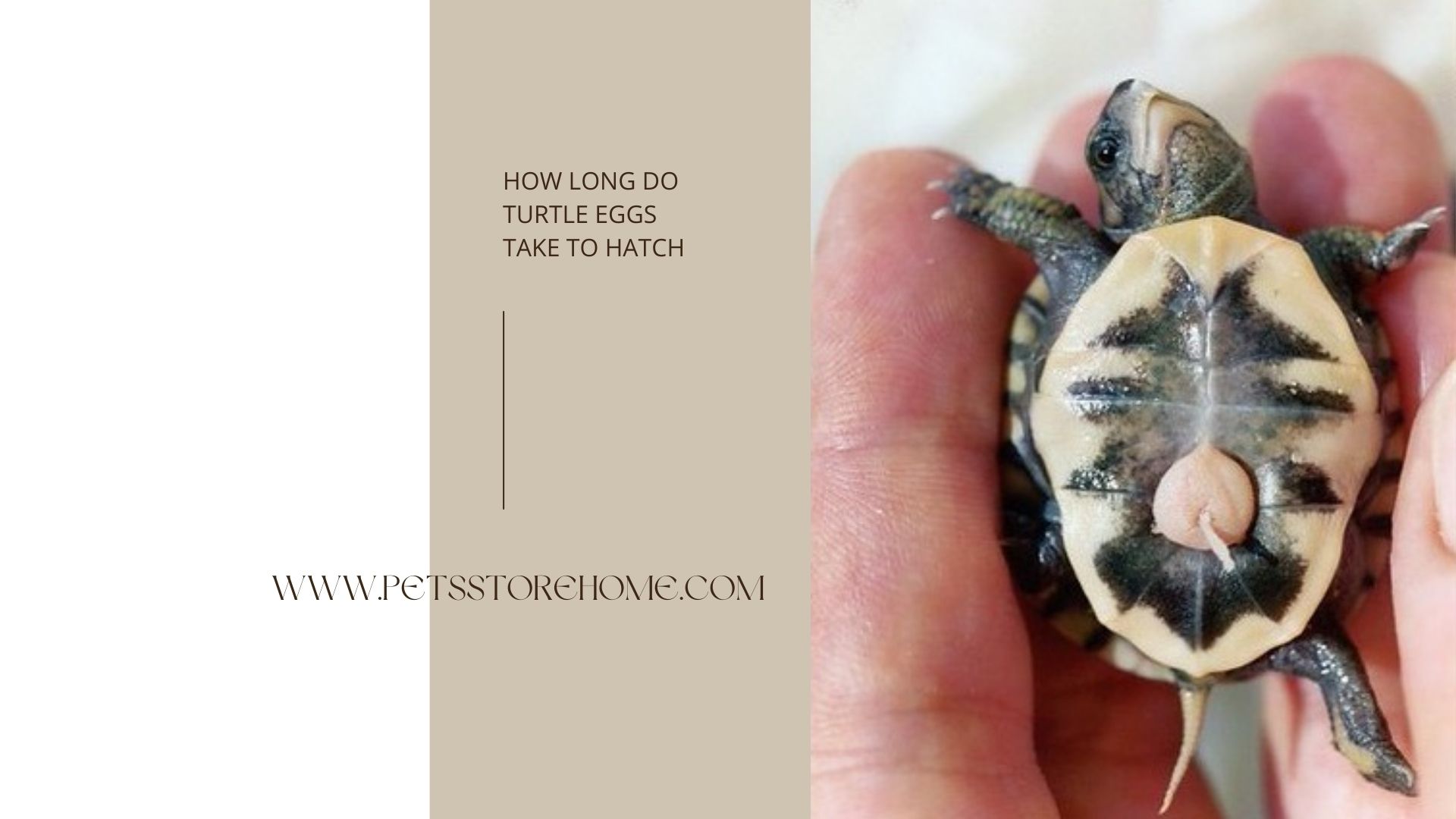
What Does a Loggerhead Sea Turtle Eat?
What does a loggerhead sea turtle eat?
The loggerhead sea turtle has specialized flippers to help them catch a variety of fish and sea creatures. They can also burrow in the ocean floor during cold weather. These marine animals can migrate long distances, but once they reach adulthood, they return to coastal waters. The adult male stays near the coast, while the adult female migrates to different beaches between Japan and Mexico for nesting and foraging.
The loggerhead sea turtle’s diet changes with age. Hatchlings feed on small animals found in seagrass mats, while juveniles eat shrimp, conchs, and horseshoe crabs. As adults, they eat a variety of other invertebrates, such as squid and flying fish.
The loggerhead sea turtle lays two to three clutches of around 100 eggs, one every two weeks, at high-energy beaches. The eggs hatch after two months in warm sand. Newly hatched loggerheads are susceptible to predators, so beware!
Sea turtles are often the prey of birds and sharks. Turtle eggs are susceptible to these predators, and the loggerhead’s eggs are especially vulnerable to their predators. While most sea turtles spend their whole lives in the ocean, loggerheads migrate to their feeding grounds in Baja California, Mexico, to feed. Once they arrive at their feeding grounds, they begin feeding on a variety of invertebrates, including jellyfish, squid, and floating egg clusters.
Where does the loggerhead sea turtle live?
The loggerhead sea turtle breeds from April through August, returning to the same spot to lay its eggs each year. It may even come back to the same beach where it hatched. Nesting beaches are typically high-sand beaches that offer protection from high tides and groundwater. The loggerhead lays up to 35 pounds of eggs per nesting season.
Loggerhead sea turtles live throughout the world, but they are most plentiful in the Atlantic, Pacific, and Indian oceans. They have the largest population of any sea turtle in the world and can live up to 50 years in the wild. They nest on beaches in the Mediterranean, the Indian Ocean, and the Pacific.
The loggerhead sea turtle population is endangered. The most common cause of decline is fishing gear. Aside from fishing gear, the loggerhead sea turtle also faces the threat of human disturbances. These activities cause disturbance during the hatching period and may also lead to accidental capture and death.
The loggerhead sea turtle feeds on small animals found on the seafloor. Its diet varies according to its age. Hatchlings feed on small creatures, such as jellyfish, and adult loggerheads eat fish, clams, and sea urchins.










[…] Which foreign pets are legal in Washington State? […]